A cultural hub and liveable city
25 March 2018
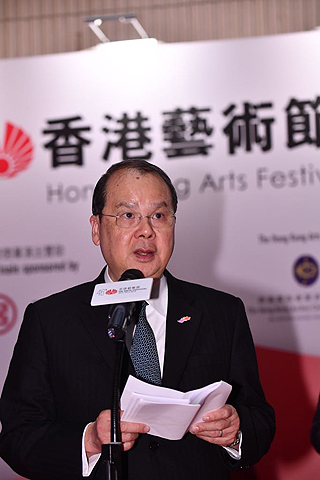
|
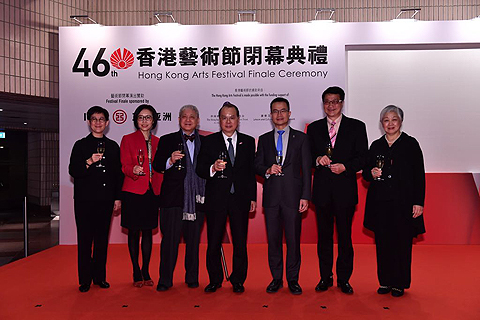
|
Arts and culture are the soul of a city. They not only enrich people’s life, but also support diversification of industries. That is why the Hong Kong Special Administrative Region (SAR) Government spares no efforts and resources to create an environment conducive to their diverse development in the course of enhancing Hong Kong’s status as an international arts and cultural metropolis.
I attended the finale ceremony of the 46th Hong Kong Arts Festival last night. Over the years, the Hong Kong Arts Festival has presented innumerable great and diverse performances, including opera, Chinese opera, music, dances, dramas and large-scale special programmes. The SAR Government has been very supportive of this annual event. In the coming five years, $40 million additional funding will be provided for the Hong Kong Arts Festival Society to commission creative works and performances by local arts groups and artists during the Arts Festival.
The government has budgeted a total of $4.7 billion for arts and cultural development in 2018-19, representing an increase of 10% over the previous year. The funding will be used to provide arts groups of different sizes with more resources. This includes an additional recurrent provision of $55 million from 2018-19 onwards for nine major performing arts groups, and the small and medium arts groups funded by the Hong Kong Arts Development Council. More resources will also be allocated to other small and medium arts groups under the Venue Partnership Scheme implemented by the Leisure and Cultural Services Department. The Art Development Matching Grants Pilot Scheme will get an extra $500 million injection, and more flexible matching parameters are being considered to encourage business and private donations in support of the development of arts groups. The SAR Government will also inject $70 million into the Cantonese Opera Development Fund to support the production and performances of local Cantonese opera troupes, with a view to promoting the development of Cantonese opera as world intangible cultural heritage.
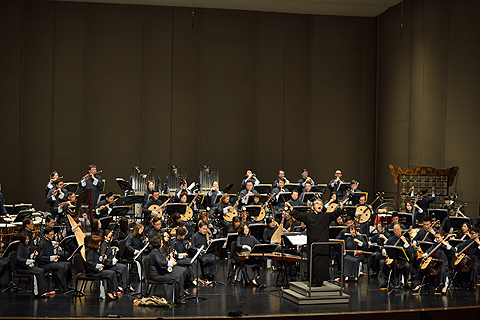
|
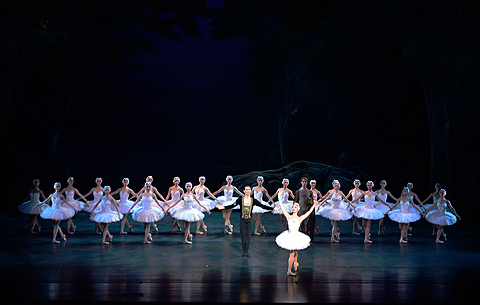
|
We also support local arts groups to go on cultural exchanges to open up opportunities and promote Hong Kong’s culture outside the territory. In 2017, the Economic and Trade Offices overseas and on the Mainland arranged a series of outbound performances in celebration of the 20th anniversary of the HKSAR with the coordination support of the government. Between February and November 2017, a total of 36 Hong Kong artists/ensembles/arts groups visited 66 cities to perform before a total audience of more than 100 000 people. The visits were fruitful and the performances also won international acclaim.
The Belt and Road countries boast plenty of opportunities for cultural co-operation. Last November, the Home Affairs Bureau played host to the 10th Asian Cultural Co-operation Forum. Cultural ministers and senior officials from ten Asian countries were invited to Hong Kong to exchange views and share experiences on ways to enhance cultural co-operation and promote the development of arts and culture. I also attended and spoke at the forum.
Back in the Guangdong-Hong Kong-Macao Bay Area, cultural co-operation has brought us a number of programmes, like “A Showcase of Guangdong, Hong Kong and Macao Cantonese Opera Masters/New Stars” and the “Cantonese Music Assembly – Cross-Disciplines Guangdong Music Concert”. Furthermore, arts groups from the three places participated in the “China-Arab Cultural Journey along the Silk Road” held in Bahrain from late September to October 2017, pooling our strengths to promote the cultural exchanges and co-operation between the Bay Area region and the Belt and Road countries.
To provide continued support for cultural exchanges of Hong Kong arts groups, the SAR Government will, from 2018-19 onwards, progressively increase the recurrent provision to $50 million to support Hong Kong arts groups and artists to perform and stage exhibitions outside Hong Kong. A sum of $140 million has also been committed for the coming five years to support local arts groups and artists for cultural exchanges in the Bay Area.
Besides, the West Kowloon Cultural District, a mammoth investment of the SAR Government for the long-term development of Hong Kong’s arts and culture, is gradually moving from its planning phase to operation phase. M+ Pavilion has opened. Some other facilities are nearing completion, including Xiqu Centre, Art Park, Freespace and M+ Building. Works of the integrated basement related to the Lyric Theatre Complex have also commenced.
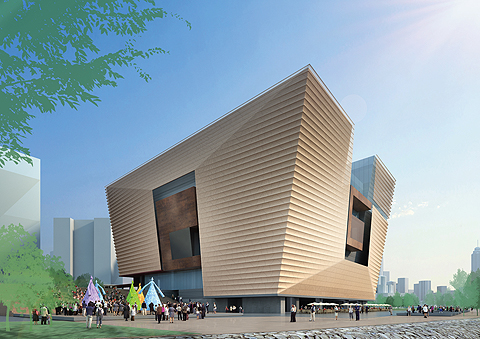 |
| Photo courtesy of the West Kowloon Cultural District Authority |
Preparation work for the Hong Kong Palace Museum is in good progress. Following the award of the foundation works contracts early this year, the foundation and piling works will start soon. The main superstructure works are expected to begin in mid-2019 upon completion of the foundation works. The museum is planned for opening in 2022.
Arts and culture are not built on hardware alone. Continuous enhancement in software is no less crucial. To fulfil the mission of developing the West Kowloon Cultural District into a world-class arts and cultural hub, the West Kowloon Cultural District Authority will progressively strengthen programme production and other efforts in audience building, community engagement, talent growth and professional development to complement the facilities scheduled for commissioning in the coming years.
In parallel with these substantial investments of the SAR Government, the support and involvement of all sectors of the community cannot be overstressed. Hong Kong is a metropolis having a global perspective and a number of East-meets-West qualities. With both our hardware and software for arts and culture being almost ready, we are set to reinforce our dynamic cosmopolitan charm as a leading cultural hub and liveable city.

